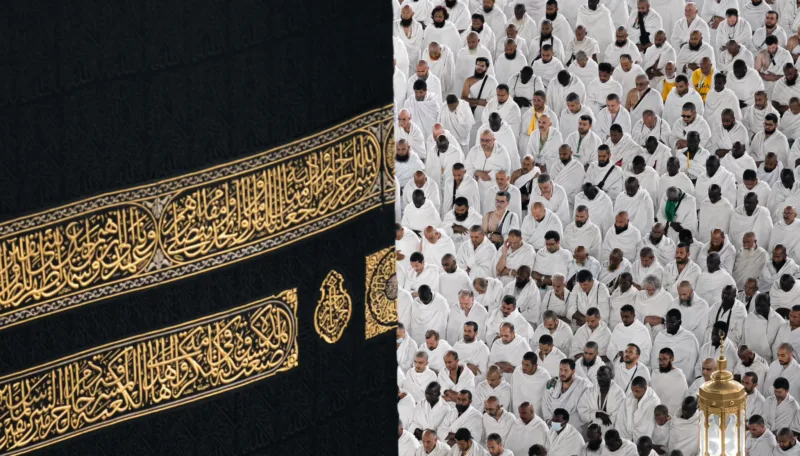The 2025 Hajj pilgrimage has recorded the lowest number of participants in three decades, excluding the COVID-19 years, as a combination of economic challenges, extreme heat, and stringent entry regulations significantly impacted attendance.
According to official data released by the Saudi Ministry of Hajj and Umrah on Friday, a total of 1,673,230 pilgrims completed the sacred rites this year. The figure represents a drop of nearly 160,000 compared to the 2024 pilgrimage and falls well below the pre-pandemic numbers, which regularly exceeded two million.
The breakdown shows that1,506,576 of this year’s pilgrims arrived from outside the Kingdom, while 166,654 were residents of Saudi Arabia.
The final day of Hajj 2025 fell on Friday, June 6 (10 Dhul Hijjah 1446 AH), concluding the annual Islamic pilgrimage, which is one of the five pillars of Islam.
In contrast, the largest recorded turnout for Hajj occurred in 2012, when 3.16 million worshippers gathered in the holy cities of Makkah and Madinah. The sharp decline in 2025 has raised questions, even though no official explanation has been given by authorities.
Analysts point to several contributing factors.
Economic hardship is believed to be the most significant deterrent this year. Rising global inflation, increased airfare, accommodation costs, and higher prices for essential pilgrimage services, such as animal sacrifice, have made Hajj less accessible for many Muslims, particularly from lower-income regions in South Asia and Africa, which traditionally account for a large proportion of attendees.
In addition, health protocols and entry restrictions implemented during the COVID-19 era have largely remained in place. These include mandatory vaccinations, stricter visa issuance processes, and tighter health screenings. Many believe these ongoing requirements may have discouraged some would-be pilgrims from embarking on the journey.
Furthermore, the intense heat during this year’s pilgrimage may have influenced turnout, with authorities issuing several advisories about the risks of heatstroke and dehydration during the rituals.
Despite the drop in numbers, Saudi authorities praised the smooth and safe conduct of the pilgrimage, noting that crowd control and health services were effectively managed throughout the holy days.
